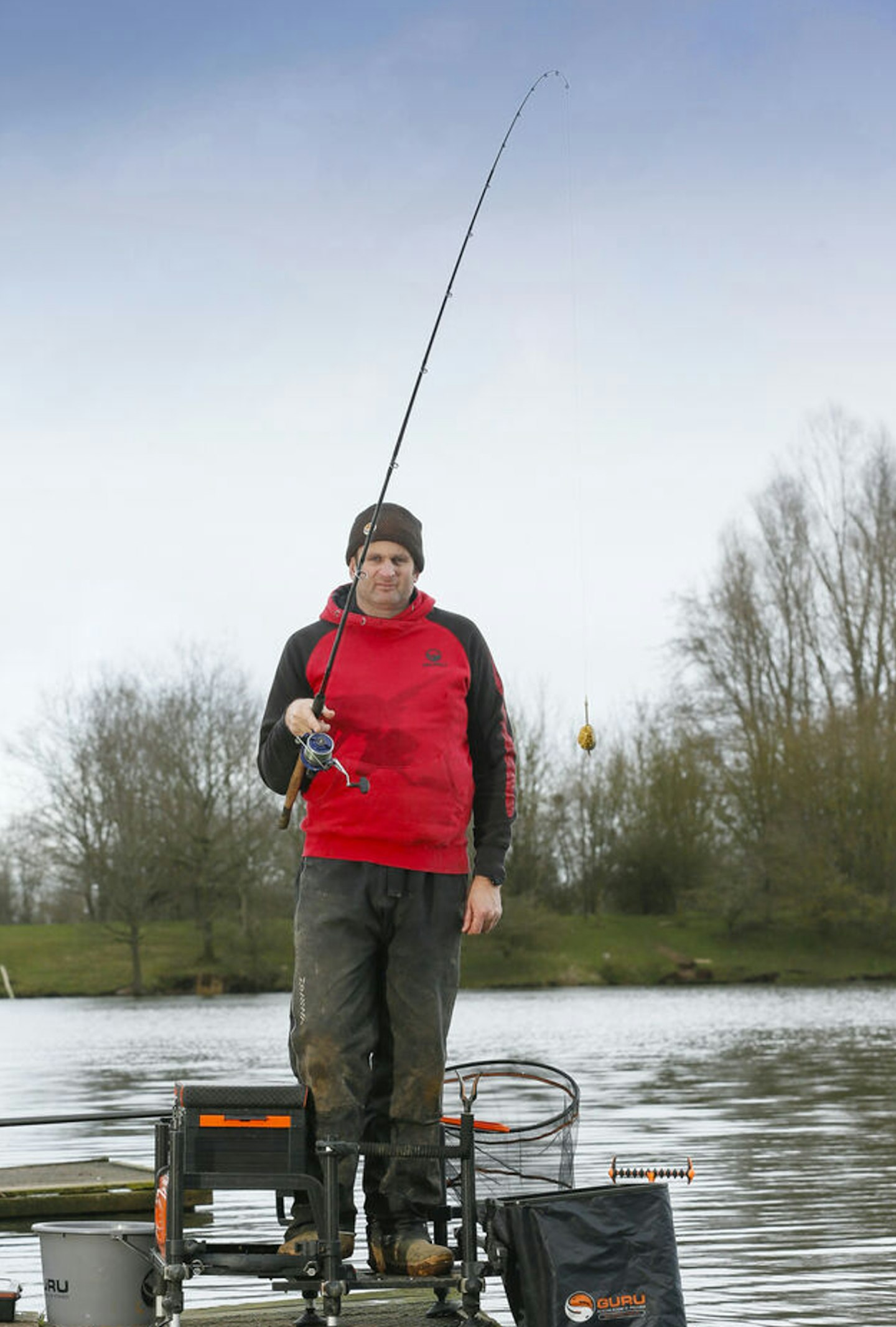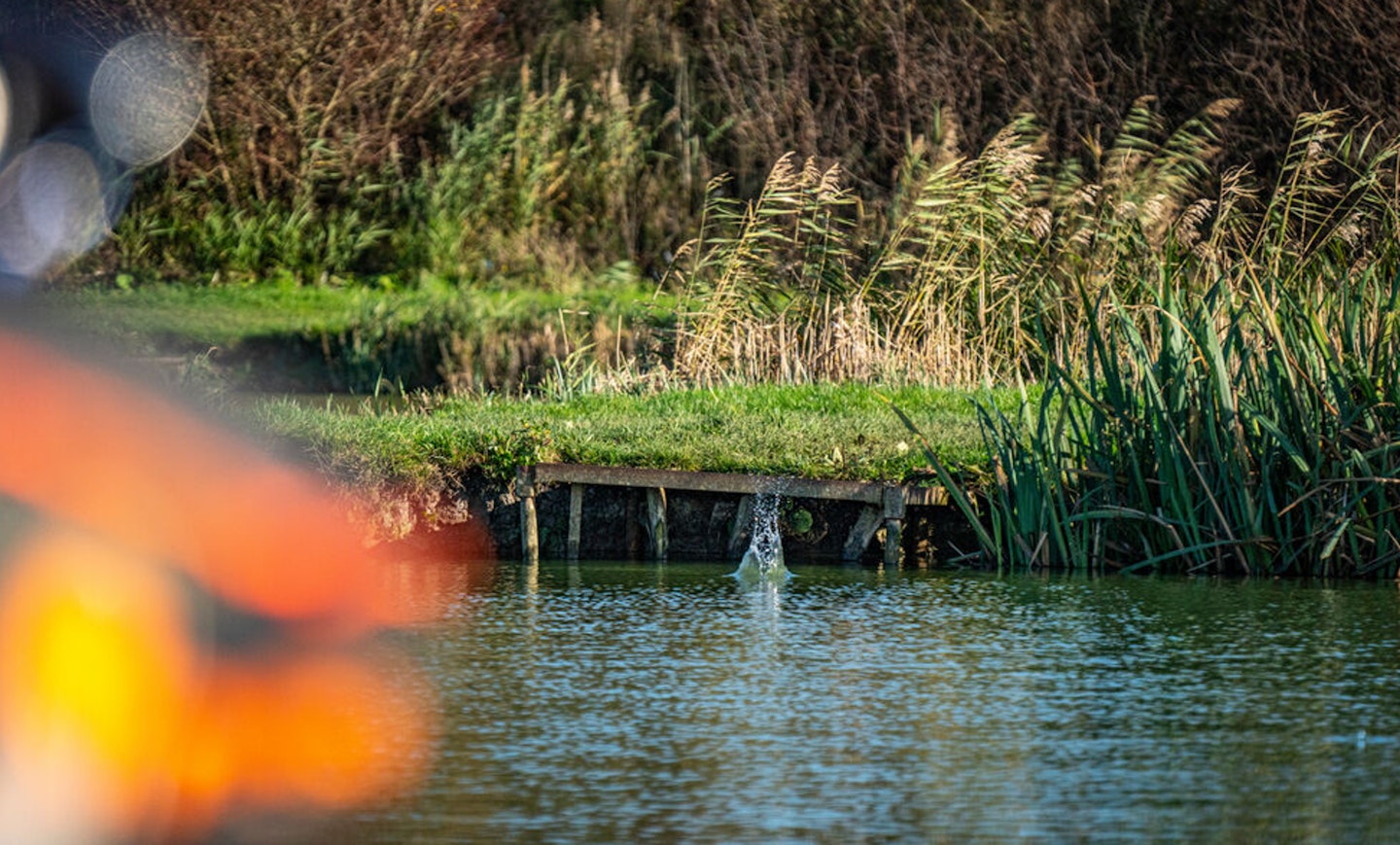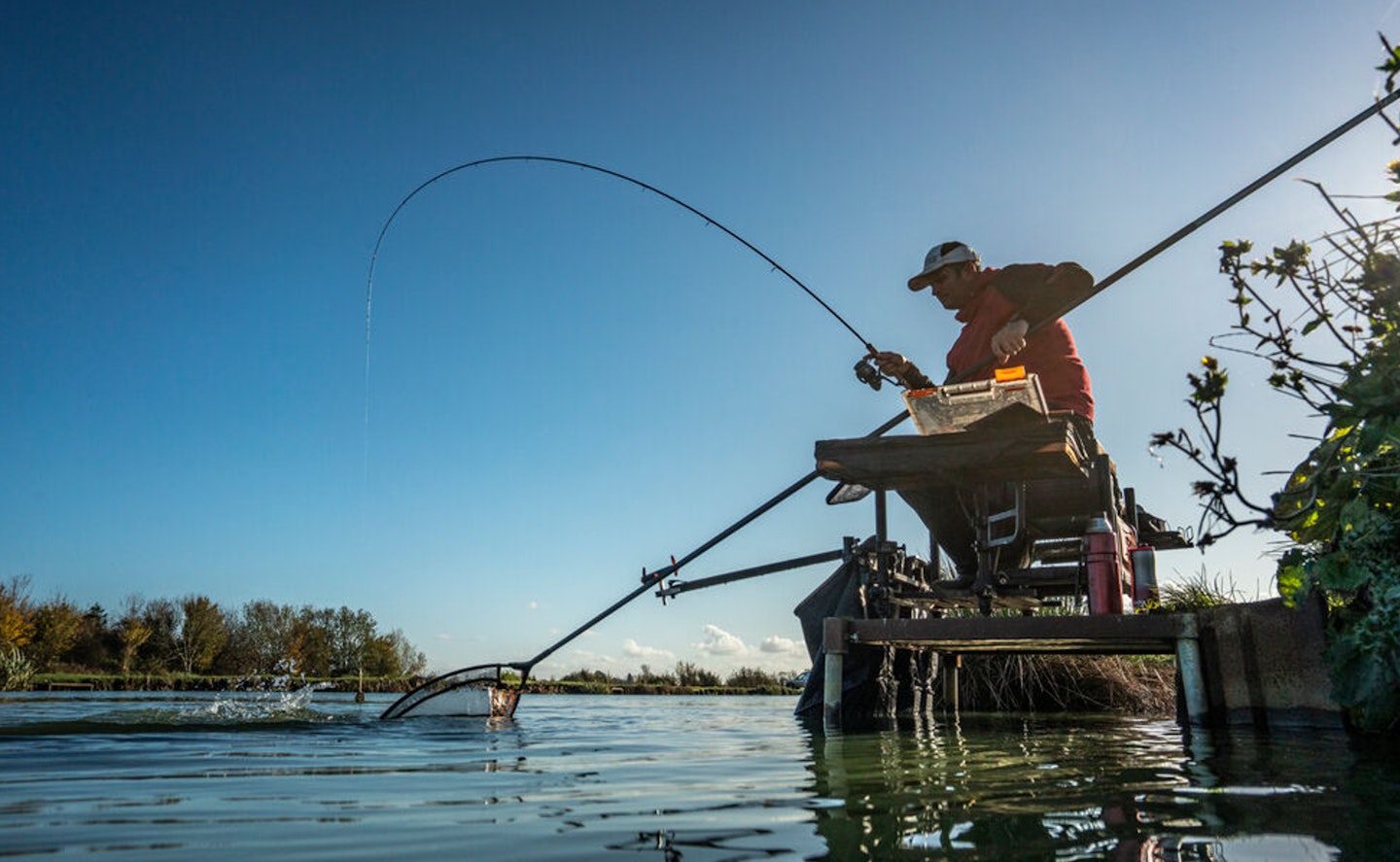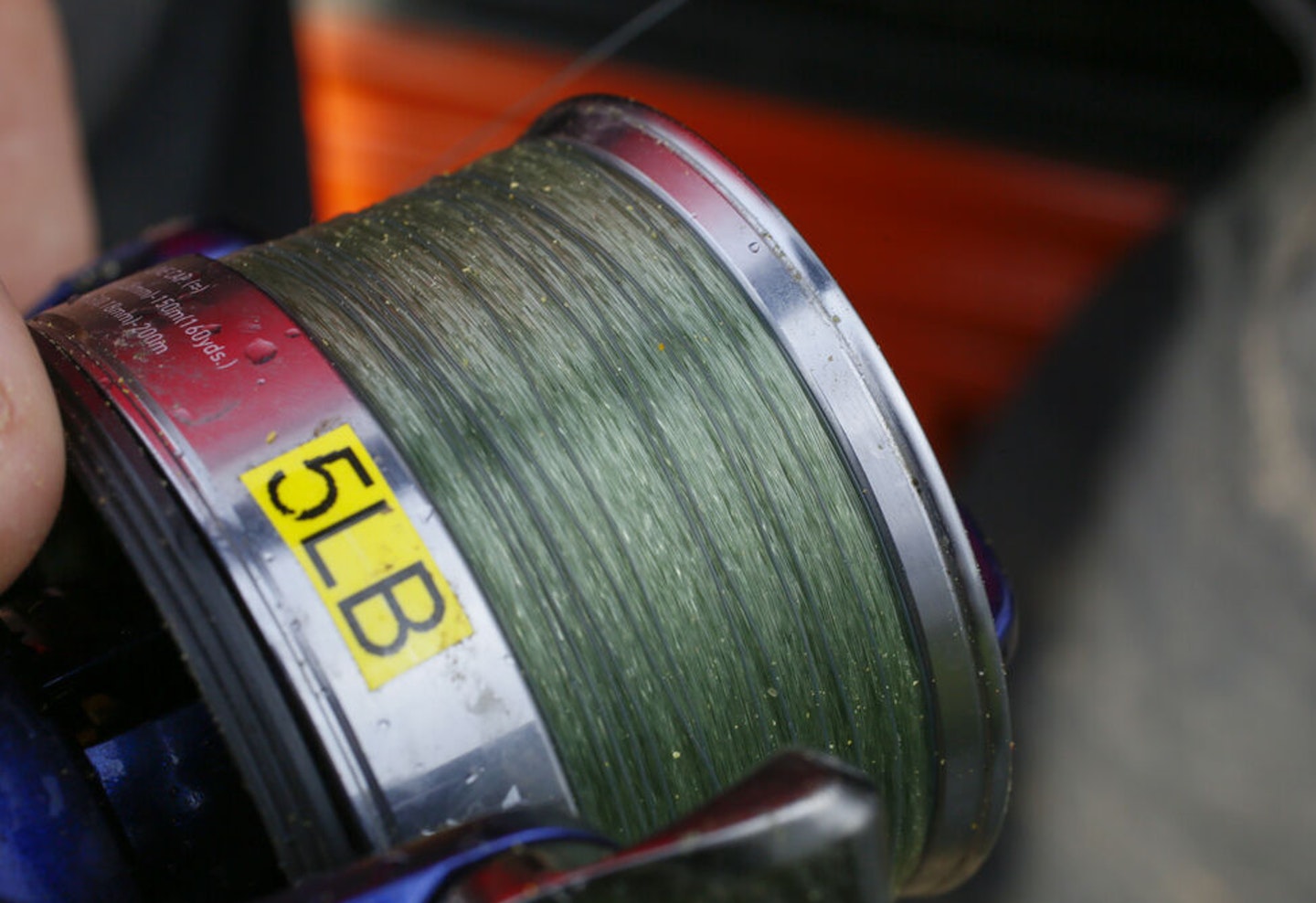Accurate, smooth casting is essential if you’re to maximise your catches, regardless of whether you’re fishing a lake or a river.
If you want to master the basics, the first thing to consider is the length of ‘drop’ – how far the bomb, float or feeder is away from the rod-tip as you set up to cast. Too close and you won’t be able to use the whole action of the rod, losing both accuracy and distance.
Aim to have the feeder just over a third of the way back down the length of the rod. This will ensure you use the whole rod to cast, and not just the tip.
Get into pole position
Where you place your hands, and how you use them, is integral to smooth, long casting. Ensure your bottom hand is gripping the very end of the rod handle, not halfway up it. As the rod approaches being directly above your head, begin to pull that bottom hand into your body quite forcefully. This will create speed through the blank.
If you send the feeder out with a gentle lob, distance and accuracy will be lost, especially in a strong crosswind. So cast positively. It’s no use spending loads on a rod if you’re afraid to use it to its full potential.
FIND THE BEST ROD FOR FEEDER FISHING BY CHECKING OUT OUR LATEST BUYER'S GUIDES.

The perfect release
You should let go of the line just as the rod comes in front of you, so around 11 o’clock on a clock face. If your feeder is travelling too high on the cast, you’re letting go of the line too early. Equally, if your feeder is travelling too low and slamming into the water, you’re letting go of the line too late. If there’s a big crosswind, let go that little bit later, but cast with more aggression.
This way the rig will travel hard and low and cut through the wind, but only do this once you’ve mastered the basics, and are completely happy with your overall casting action.
IF YOU WANT TO CAST MORE ACCURATELY, THIS ARTICLE HAS ALL THE TIPS YOU NEED!

Crank it up!
If you’re right-handed (you hold the rod with your right hand) then you tend to throw your right shoulder into the cast to get more power. But this is wrong! Your rod speed comes from pulling with your left hand on the rod butt. The harder you pull downwards, the more rod speed you’ll generate. Try it for yourself – you’ll be amazed.
Now, it sounds obvious, but point the rod where you want your rig to go. If you point it to the left, then the rig will go to the left too, so make sure you take dead aim.
You also need to consider your final rod position. A lot of anglers drop their rod far too low at the end of the cast, some even hitting the water with their rod-tip! This massively reduces distance, as it increases friction through the rings. Ideally your rod should finish in the 45-degree position, facing where the feeder is heading. It isn’t as easy as it looks, but once you crack it, it’ll give you a massive edge.
GET SOME PRACTICE IN AT THESE SUPERB NATURAL VENUES THAT ARE PERFECT FOR FEEDER FISHING.

Safety first
Try to cast a medium or large feeder or bomb a long way with just 5lb or 6lb line on your reel and you’ll run the risk of the line breaking or, at best, you’ll make a feeble, tentative cast.
The answer is to use a shockleader. In layman’s terms, this is a length of stronger line to cast off, running from your feeder down to your reel. When using a 6lb reel line, aim for a shockleader of around 10lb-12lb breaking strain.
By using one of these, casts can be aggressive without any fear of breakage. As a guide you should have four to six reel turns of leader on the spool when in the casting position. Once the leader disappears through the rings you have the lower-diameter mainline to give you that extra distance.
You can attach the leader using a back-to-back grinner knot, and make sure to trim the tag ends so that the knot passes smoothly through the rings.
LEARN HOW TO TIE A SHOCKLEADER WITH THIS HELPFUL GUIDE.

